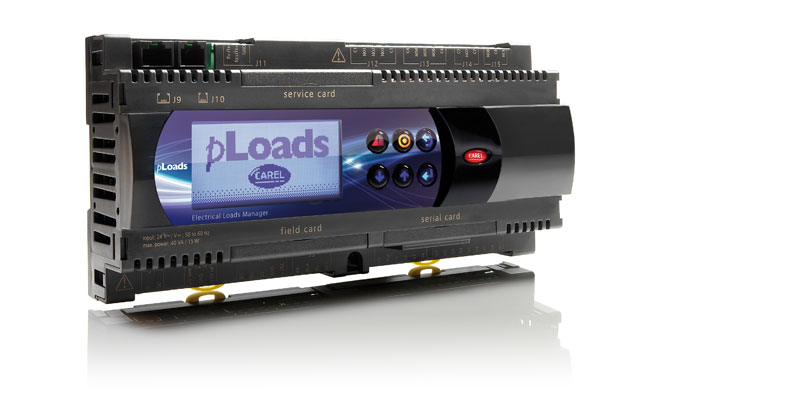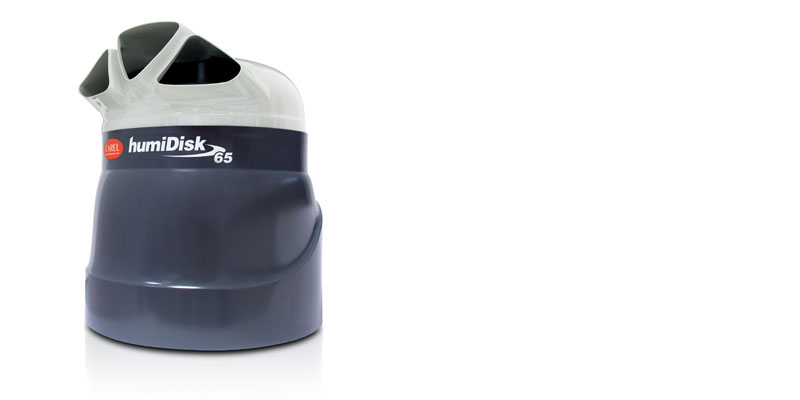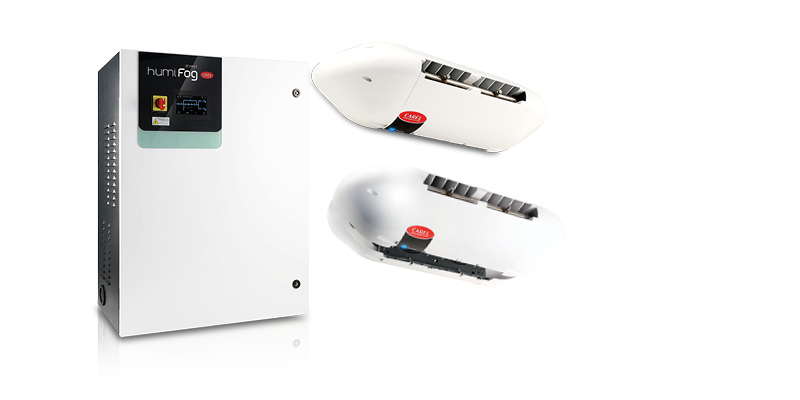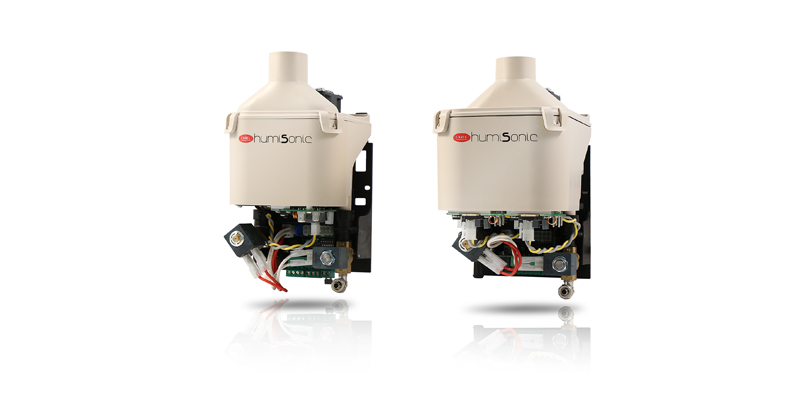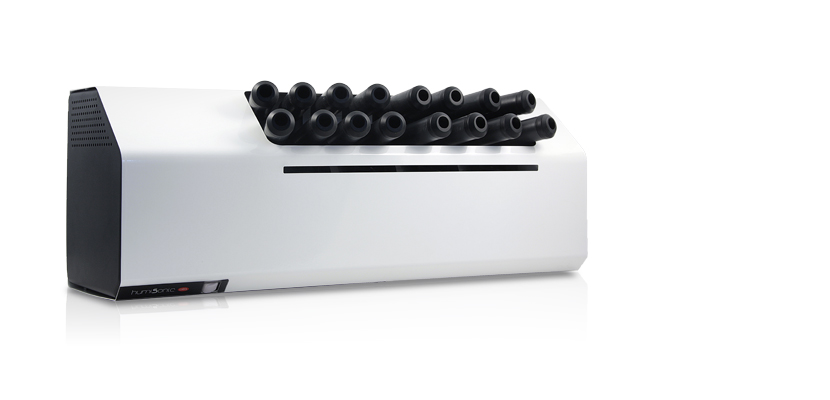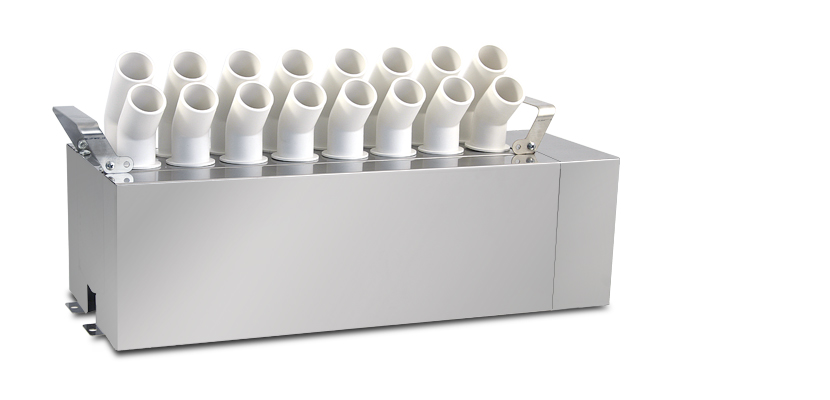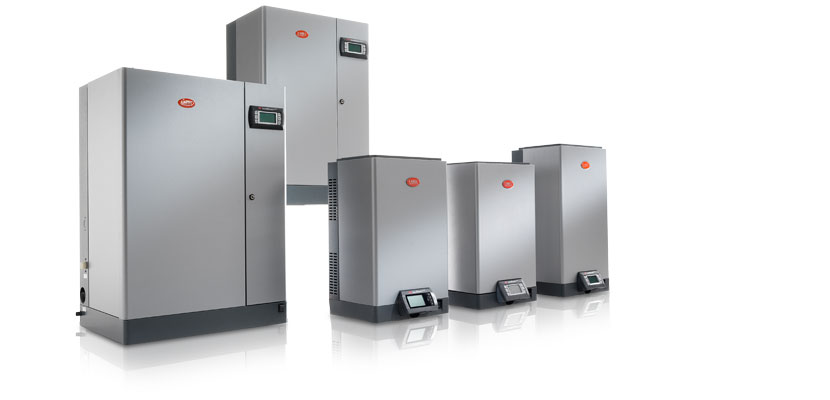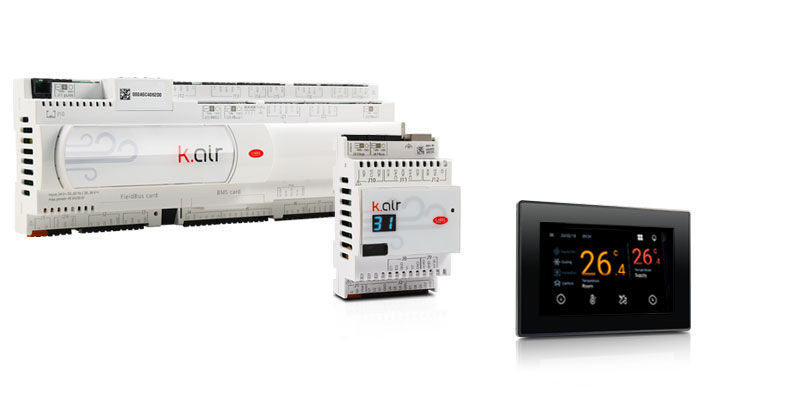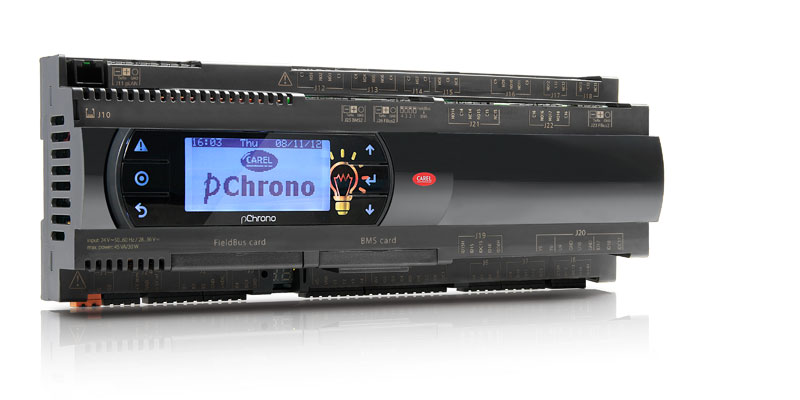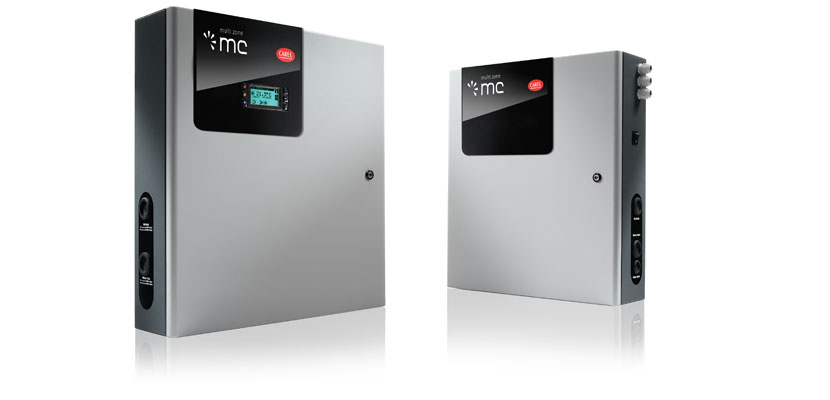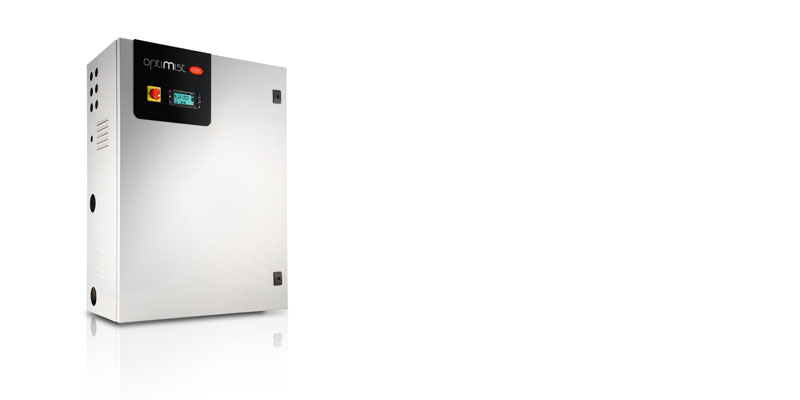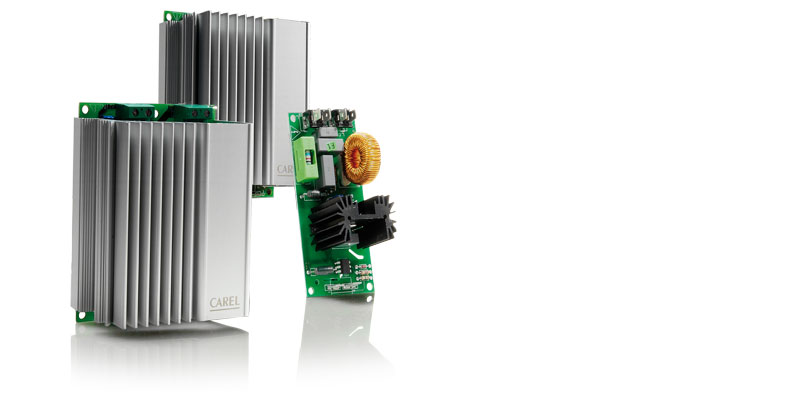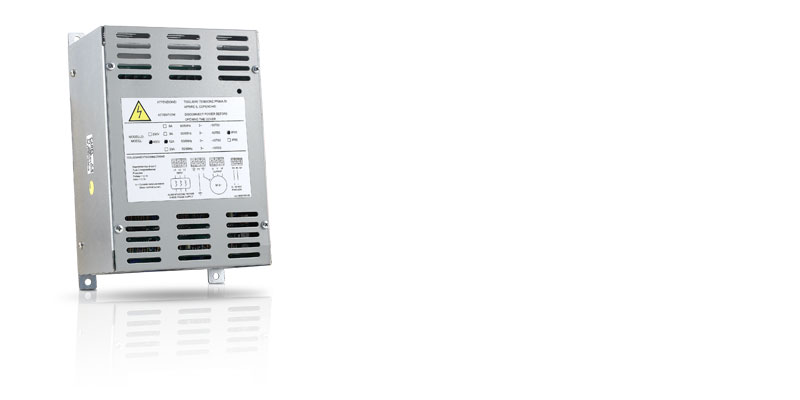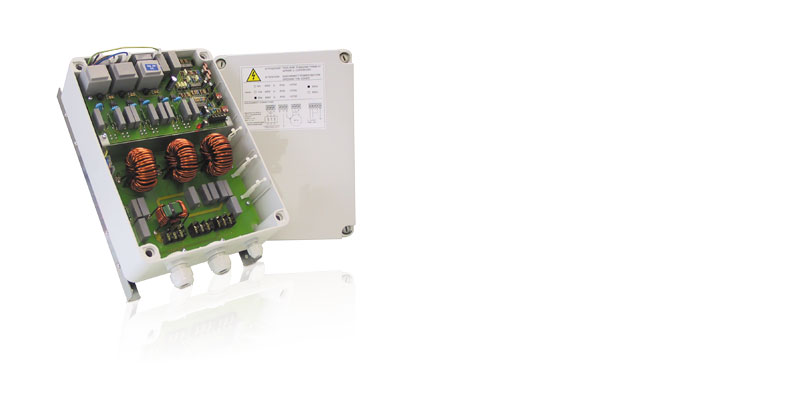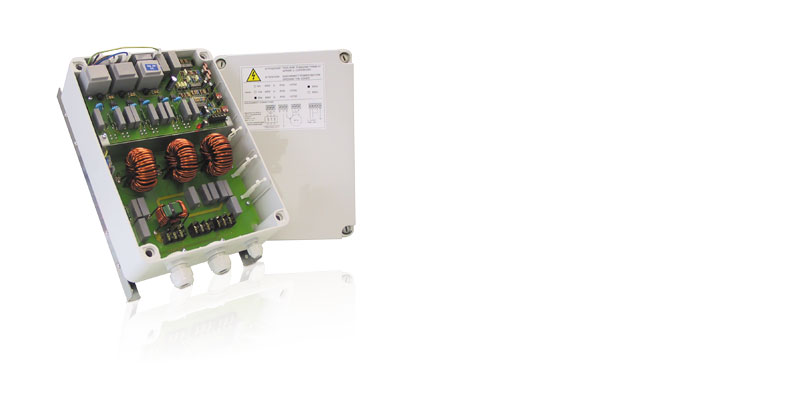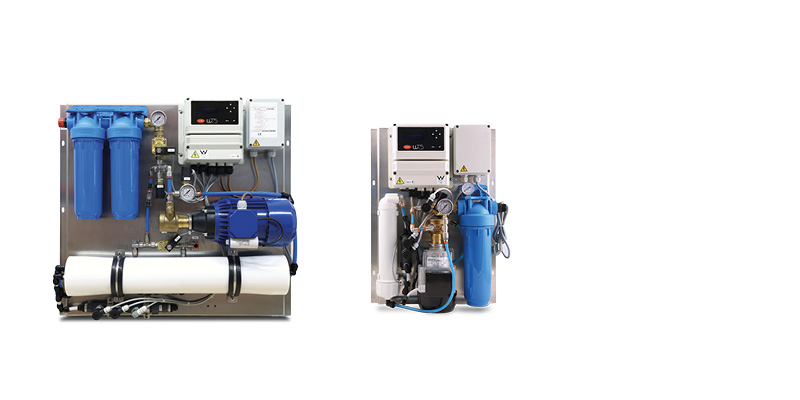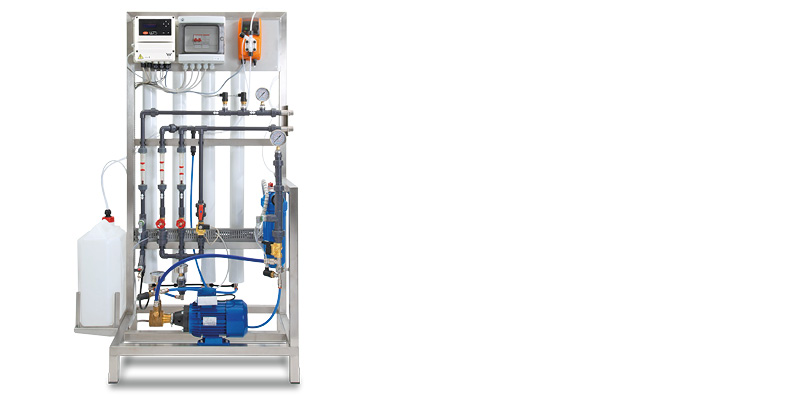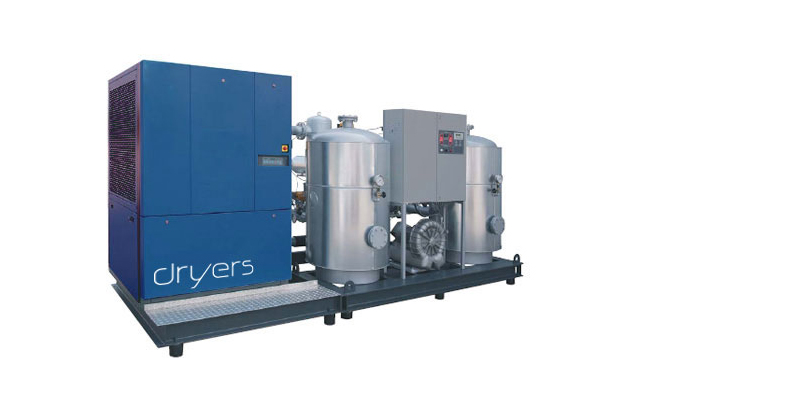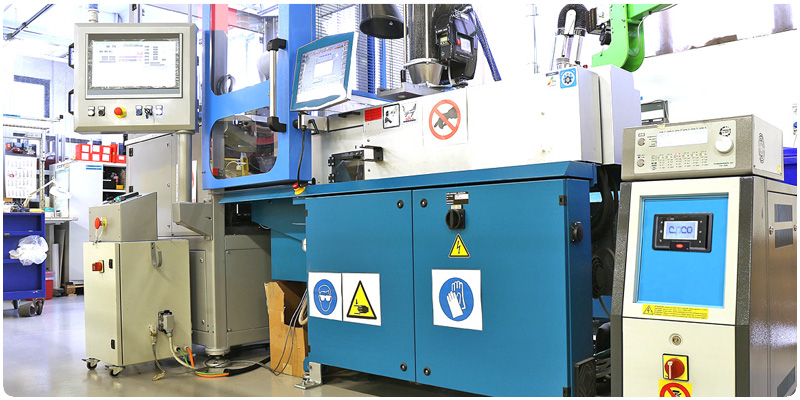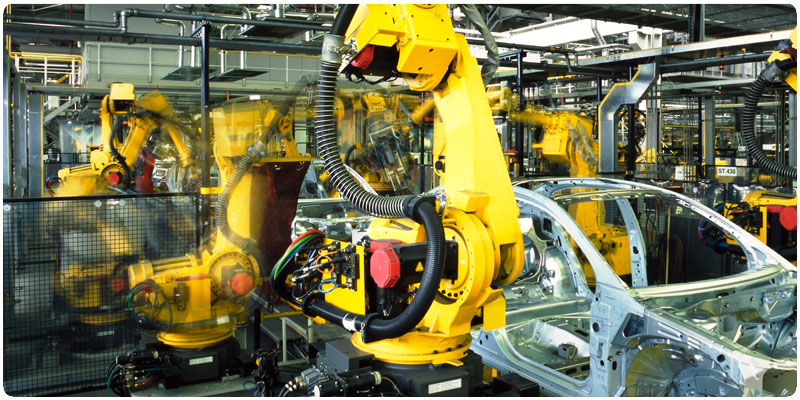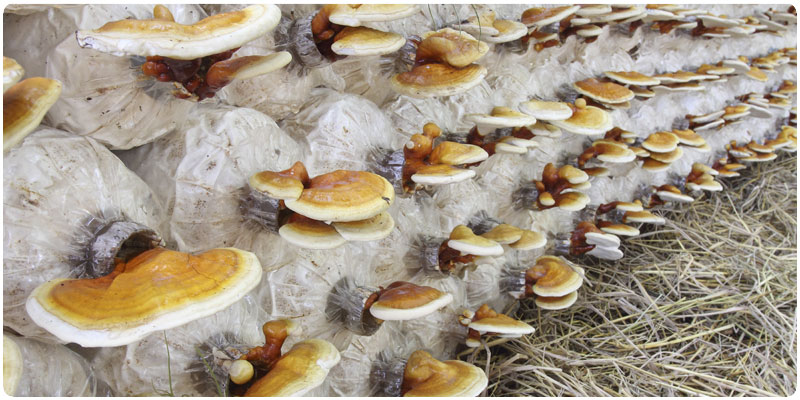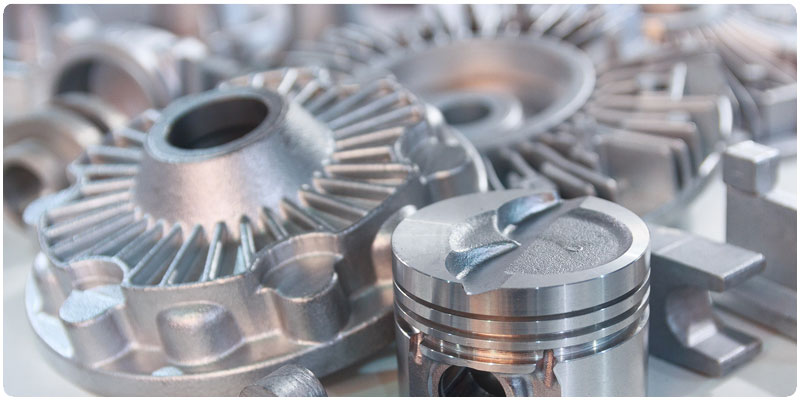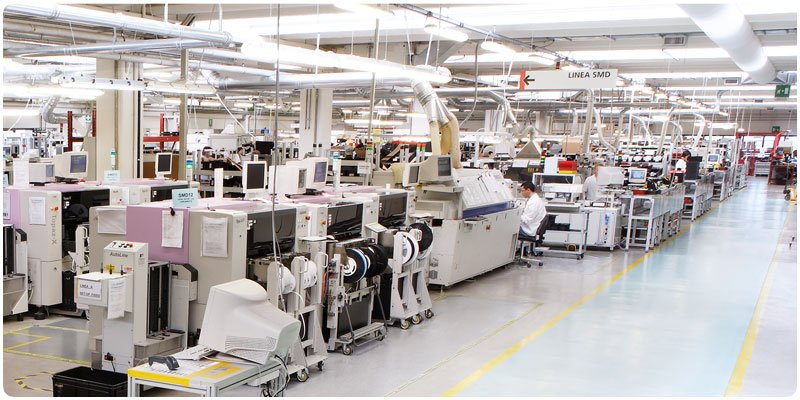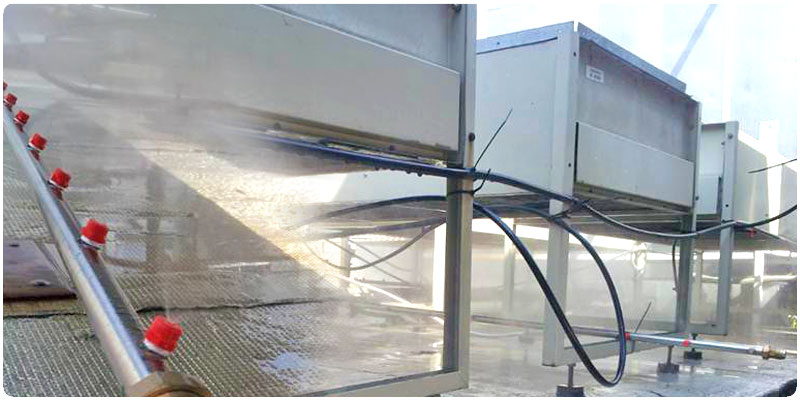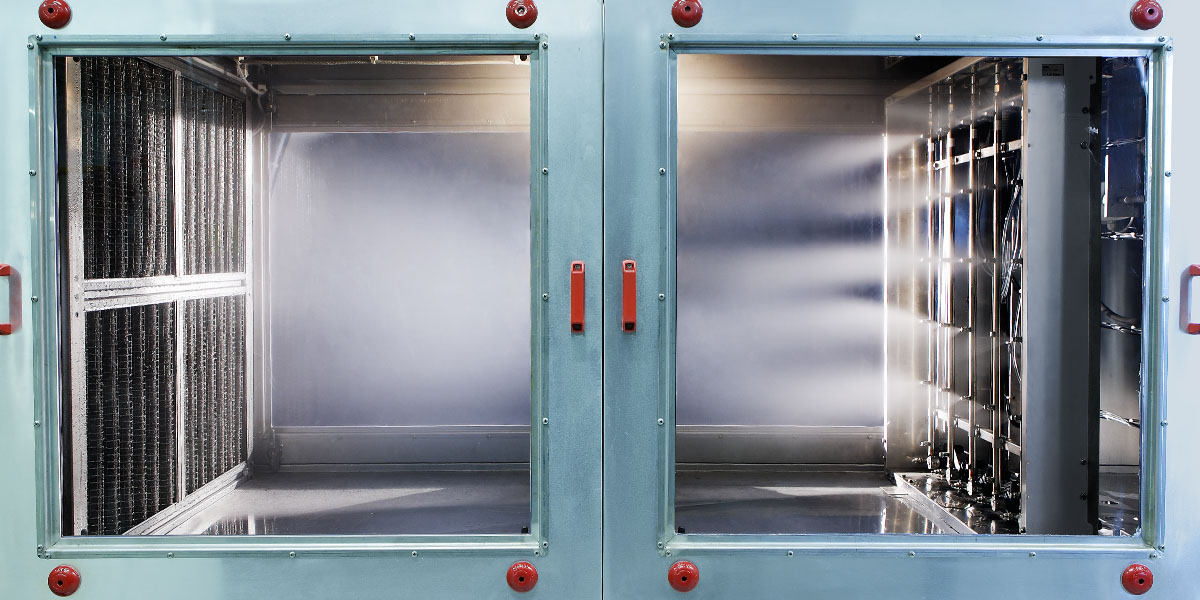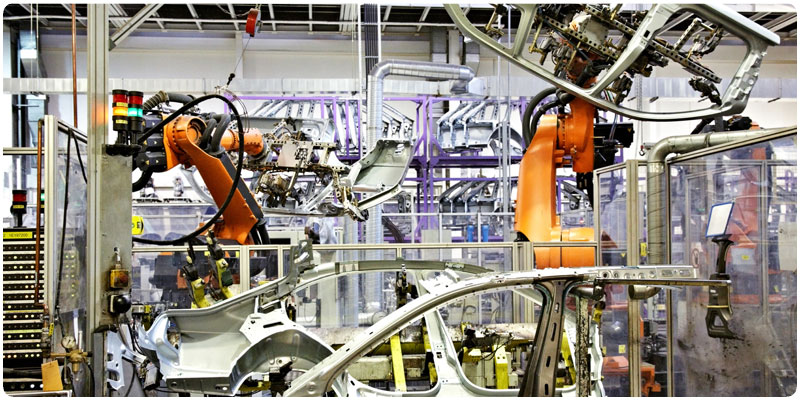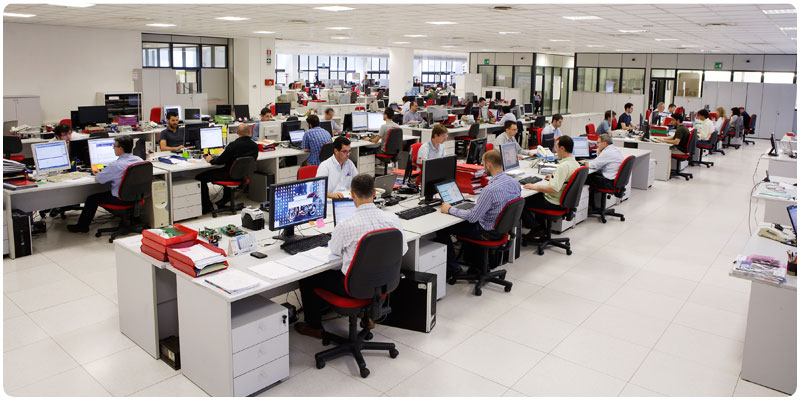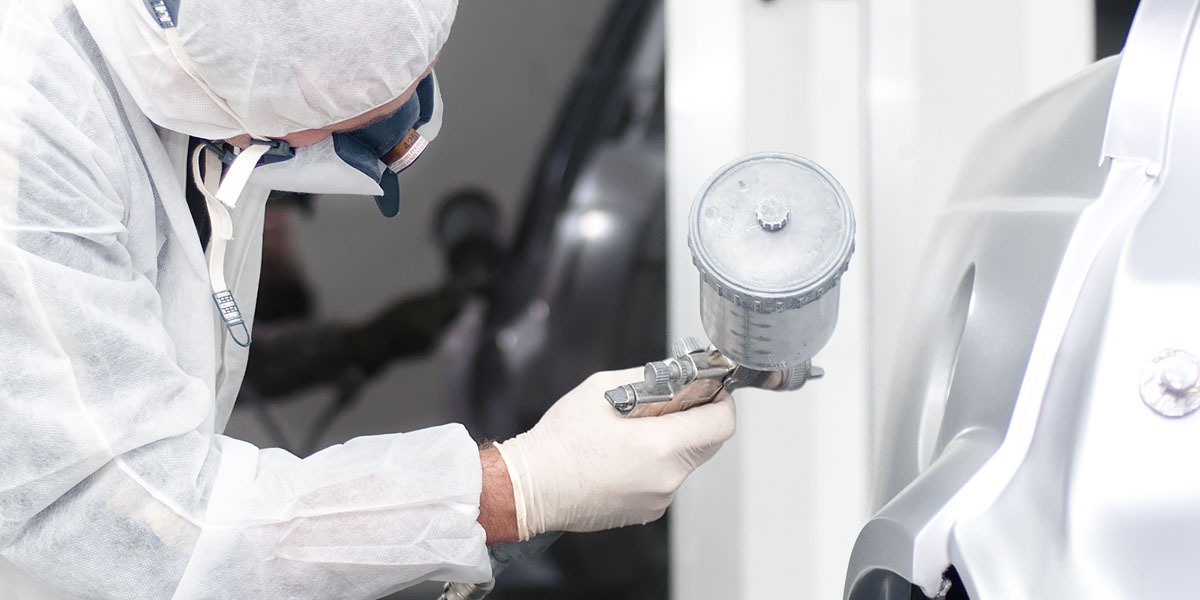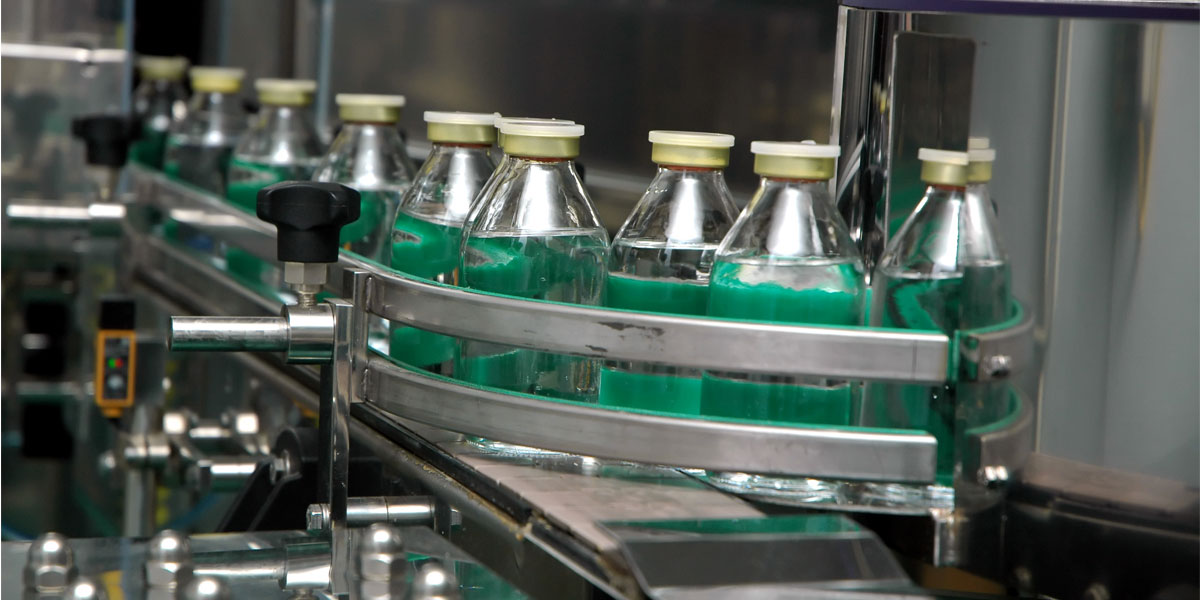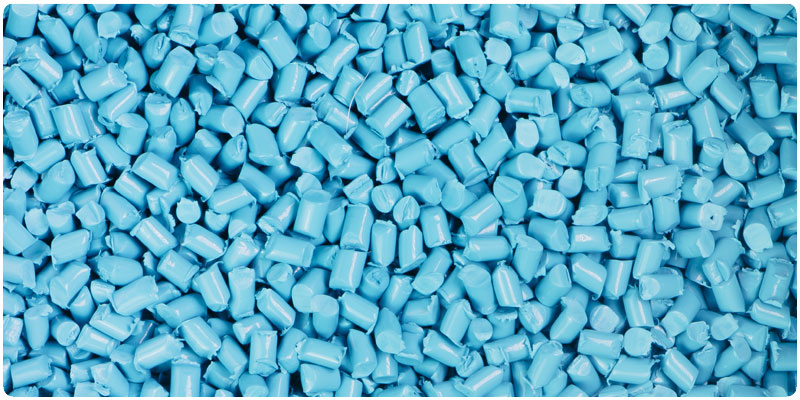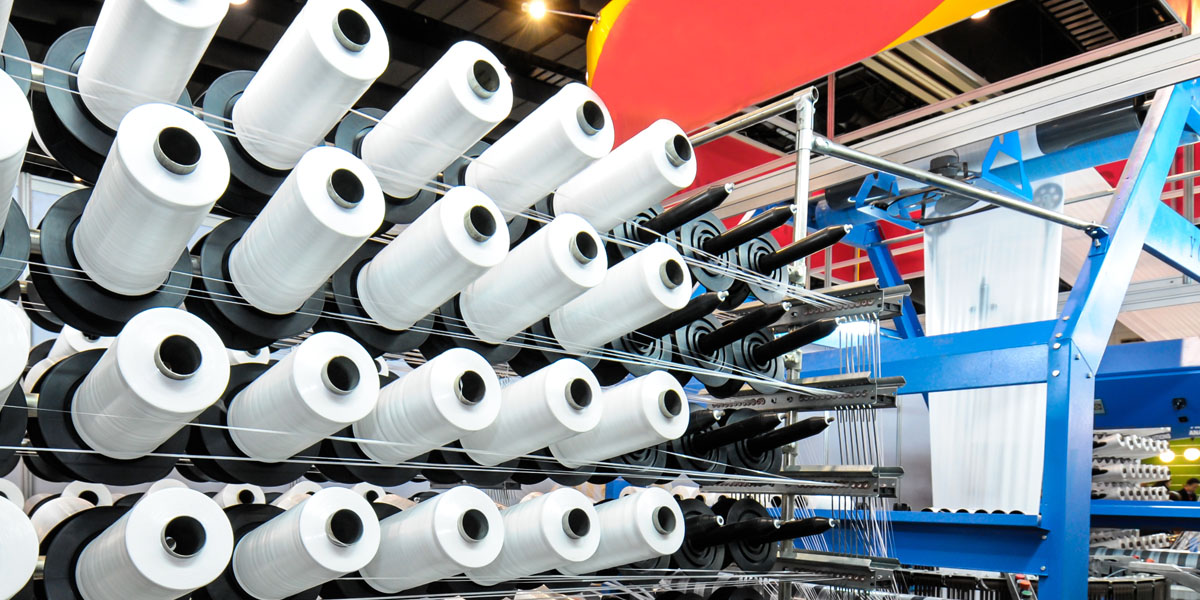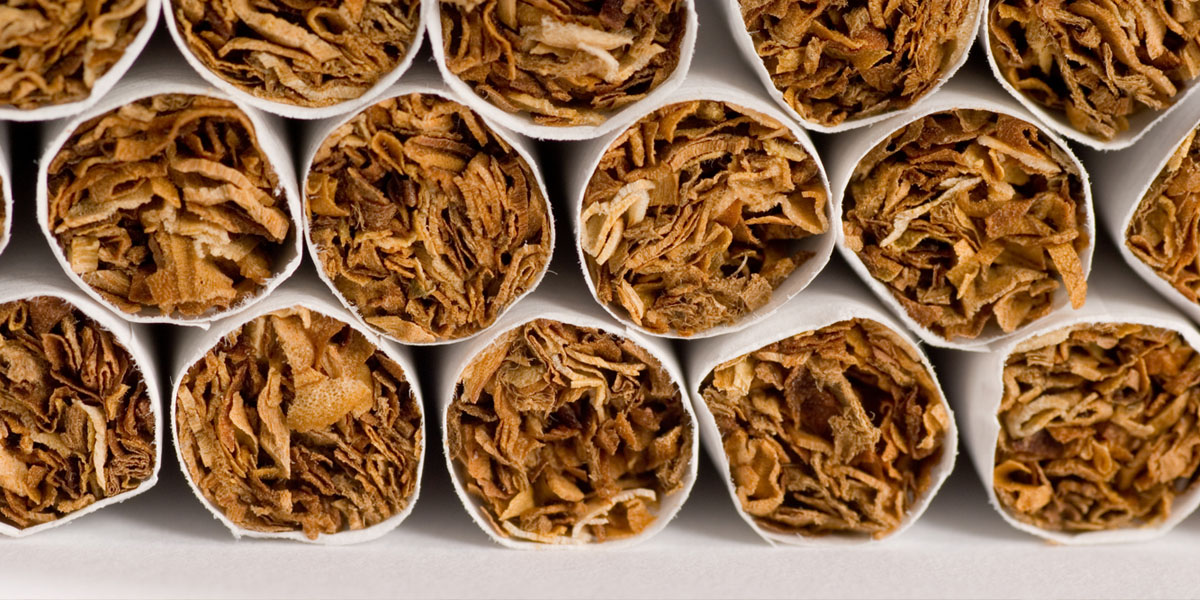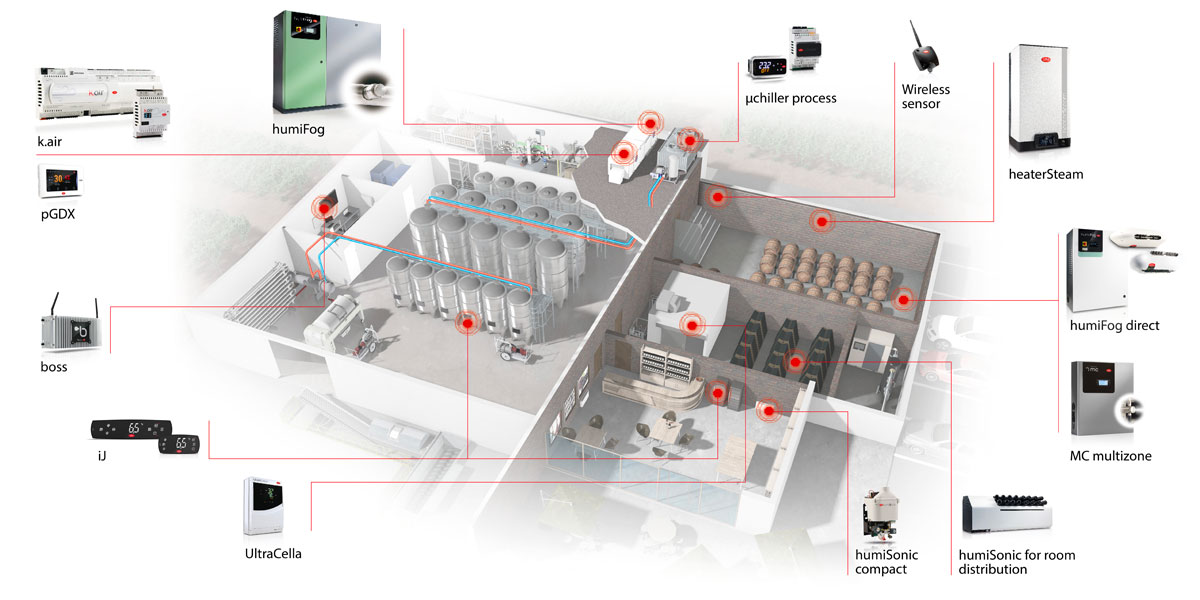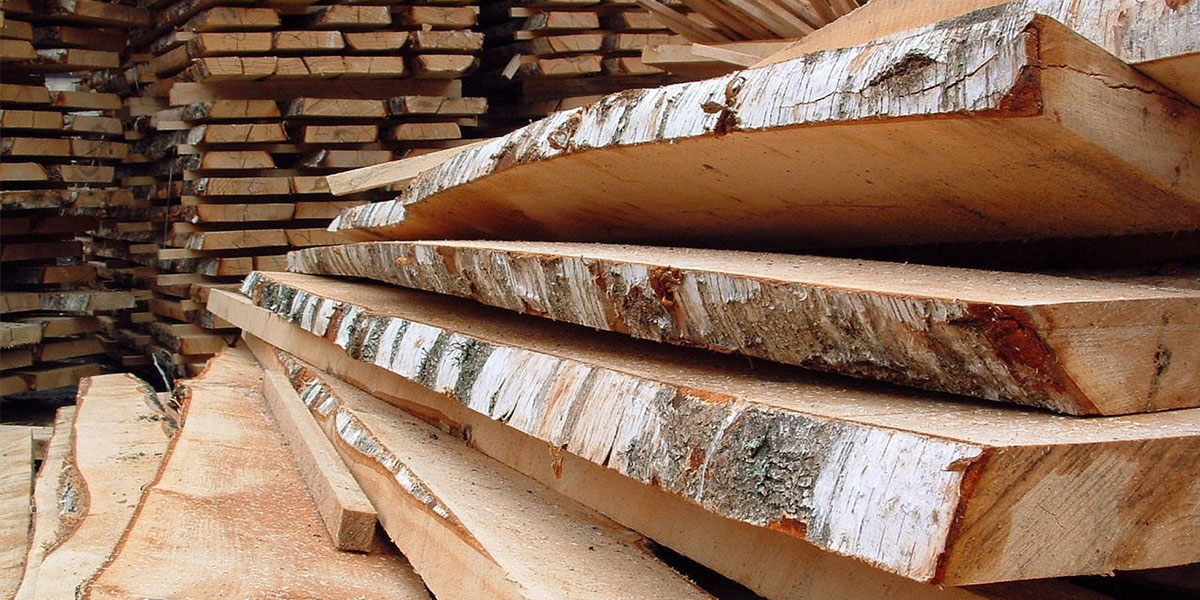Printing industry
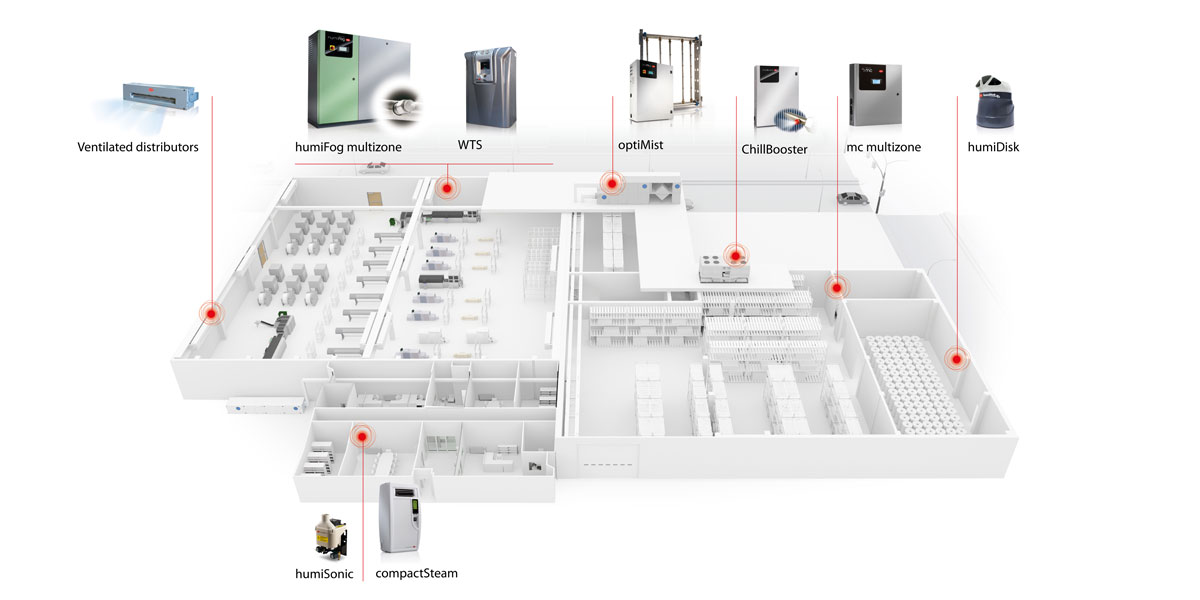
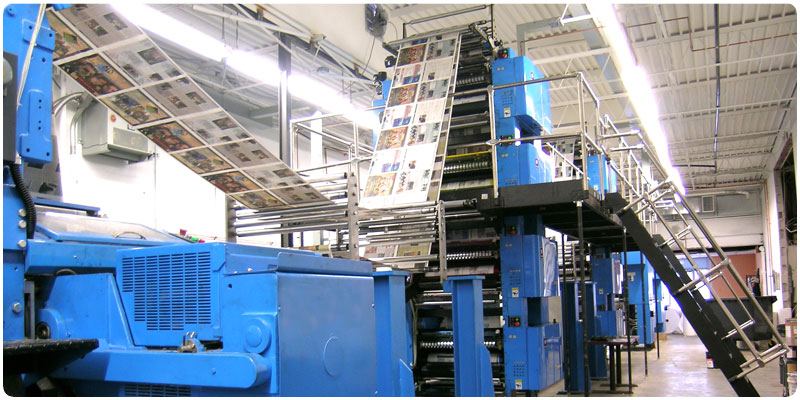
-
General characteristics
In the printing industry, the accurate control of air humidity guarantees greater efficiency of the process, a reduction of machine downtime and of waste of material, and a better quality of the final product.
Paper is, in fact, a hygroscopic material, extremely sensitive to variations in humidity. When the air is too dry, the surface tends to shrink, while the centre retains its moisture. In this way, the paper is deformed: it curls up and hinders the correct operation of the machines. In the process dedicated to colouring, the change in the dimensions of the paper causes errors in the centring, which may result in a misalignment of the application of colour.
Another major problem caused by air that is too dry is the formation of electrostatic charges when the paper is dragged. Consider that normal machinery used to print newspapers can reach up to 2,000,000 Volts! This phenomenon causes the electrostatic adhesion of the sheets of paper, which makes them difficult to separate, with the risk of damaging the product.
Keeping the relative humidity of the air within 50-60% allows you to limit the deformation and rippling of the sheets of paper and eliminate the accumulation of electrostatic charges, thus limiting waste and guaranteeing a constant productivity.
Carel, thanks to its 40 years of experience, offers a wide range of steam or adiabatic humidifiers. The adiabatic systems, in particular, are state-of-the-art technologies that allow you to control humidity and cool the air at the same time, ensuring minimum energy consumption. In fact, they operate by atomizing water into millions of tiny droplets that evaporate spontaneously absorbing heat from the air, with consequently cools down. This technology is particularly effective in applications in the printing industry, where the machines produce a lot of heat. Also, they are energy saving systems, which use just 4W of power per litre of water atomized, approximately 1% of the power used by a common steam humidifier. -
Plus
Controlling air humidity in the printing industry is necessary to: - Limit the deformation of paper, a hygroscopic material, sensitive to variations in humidity;
- Reduce the accumulation of electrostatic charges which cause the sheets of paper to stick together;
- Guarantee the correct operation of the machinery, limiting waste;
- Ensure a better quality of the finished product.
Documentation
Commercial
-
Other related documentation
* Entries are ordered by date
Code Description Language Date * Release +3000193EN Direct humidification: Advanced solutions for industrial and commercial environments ENG 29/05/2025 1.2 +3000247EN Printing industry - Highly efficient solutions for eco-sustainable printing processes ENG 21/05/2024 1.0 +3000247IT Industria della stampa - Soluzioni ad alta efficienza per processi di stampa eco-sostenibili ITA 21/05/2024 1.0 +3000247FR Industrie de l’imprimerie - Nos solutions efficaces et éco-durables pour les métiers de l’impression FRE 21/05/2024 1.0


